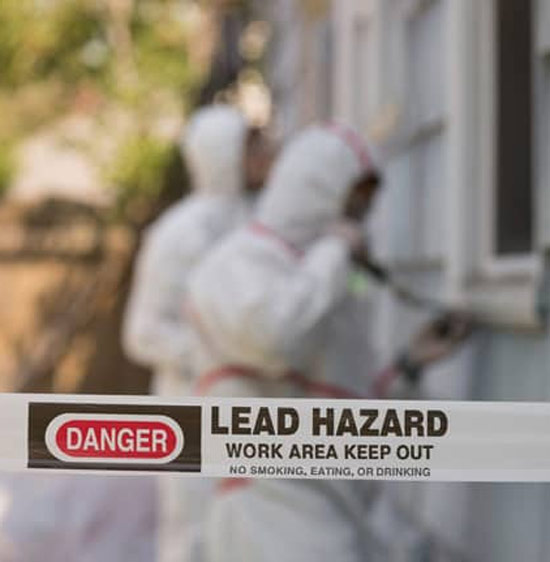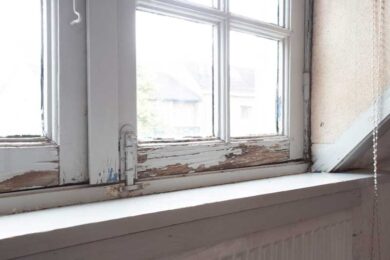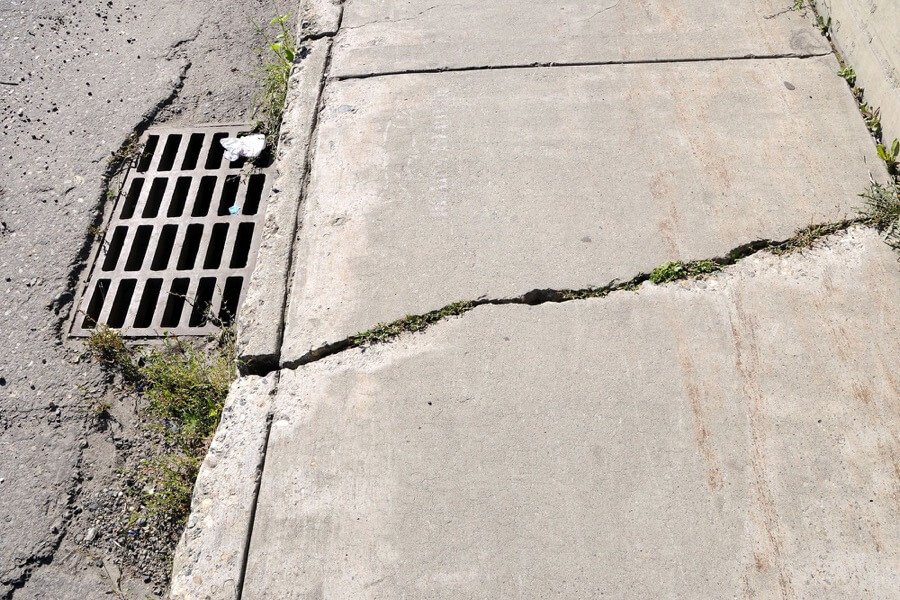Best Practices for Making Certain Safe and Comprehensive Lead Infraction Reduction
Attending to lead offense reduction needs a multi-faceted approach to make certain both safety and conformity. It's the final clearance procedure, including thorough assessments and lab testing, that genuinely validates a lead-free environment, making sure long-lasting safety and security. Just how do these techniques adjoin to assure detailed lead reduction?

Initial Assessment
Performing a preliminary evaluation is a crucial initial action in lead offense reduction. This phase includes a comprehensive assessment of the residential property to recognize the visibility, extent, and particular places of lead-based threats. Qualified professionals, such as qualified lead inspectors or take the chance of assessors, must perform an extensive website evaluation, making use of tools like X-ray fluorescence (XRF) analyzers to properly find and determine lead concentrations in paint, dust, dirt, and water.
The assessment needs to also consist of an evaluation of the building's background, previous records, and any kind of grievances or health and wellness issues reported by occupants - Lead Removal Contractors. Recording the findings diligently is essential, as these records create the basis for developing an efficient abatement technique. A comprehensive analysis additionally involves sampling and lab evaluation, which are crucial to validate the presence of lead and overview subsequent activities
Additionally, it is critical to interact the results transparently to all stakeholders, including property proprietors, tenants, and regulatory authorities. By ensuring that the first analysis is performed with accuracy and roughness, professionals can lay a strong structure for a targeted and efficient lead abatement procedure, eventually securing public wellness and making certain conformity with regulative criteria.
Appropriate Containment
Proper containment is crucial to prevent the spread of lead contaminants throughout reduction tasks. Effectively taking care of control reduces the risk of lead dirt and particles migrating to non-work locations, thereby securing both the environment and individuals outside the instant job area. To accomplish appropriate containment, an airtight obstacle of plastic sheet need to be developed around the workplace, ensuring all seams and edges are safely secured. Lead Removal Contractors. This obstacle needs to expand from flooring to ceiling and be taped down to stop any kind of leaks.

Routine inspections of the containment area are required to examine for violations or weak points in the obstacle. Any determined issues need to be immediately resolved to maintain the stability of the control. By adhering to these techniques, abatement jobs can efficiently manage lead contamination and minimize affiliated wellness threats.
Worker Protection
Ensuring worker protection is extremely important throughout lead abatement tasks to prevent job-related exposure to harmful lead particles. Important steps include making use of individual protective tools (PPE) such as respirators, handwear covers, and full-body suits particularly made to block lead dust site here and fumes. Employees need to go through extensive training on the right usage and maintenance of PPE, including healthy screening for respirators to guarantee optimum effectiveness.
Design controls, such as regional exhaust air flow systems, are critical in decreasing airborne lead focus in the work atmosphere. Administrative controls need to also be applied, including restricting the period of exposure and turning workers to minimize private direct exposure times. Normal medical monitoring and organic tracking are vital for early detection of lead absorption, allowing timely intervention and treatment.
Additionally, developing a purification procedure is vital. Workers have to adhere to rigid purification procedures prior to breaks and at the end of their shift to stop lead dirt from being carried outside the workspace. This consists of complete hand and face washing with lead-specific cleaner and changing out of infected garments.
Meticulous Cleanup
Keeping a safe job atmosphere extends beyond worker security and encompasses meticulous cleanup to guarantee lead particles are extensively eliminated from the website. The process of careful clean-up is important in stopping the recontamination of the moderated area and safeguarding both present and future residents.
To achieve an extensive clean-up, all work locations must be methodically sanitized. This involves using Discover More Here specialized HEPA (High-Efficiency Particulate Air) hoover and wet-wiping methods to record and remove fine lead dirt that might have picked surfaces. It is essential to clean up all straight surface areas, including floorings, window sills, and kitchen counters, along with vertical surface areas that may have entraped lead particles.
Employees need to use appropriate individual protective devices (PPE) throughout cleaning to prevent direct exposure to residual lead dust. Made use of cleaning materials such as wipes, sponges, and wipe heads should be taken care of in accordance with harmful waste disposal regulations.

Final Clearance
Final clearance is the vital ending stage of lead reduction that establishes whether the website is secure for reoccupation. This critical step involves extensive evaluation and testing to verify that all lead risks have been efficiently eliminated.

Final clearance screening not just secures future residents but additionally makes certain conformity with regional, state, and federal laws. In addition, it works as a documented recognition of the reduction professional's adherence to industry ideal methods. Ensuring a thorough and effective final clearance is crucial in securing public health and cultivating count on the reduction process.
Conclusion
Making sure safe and detailed lead infraction reduction requires a complex method incorporating preliminary analyses with advanced discovery methods, efficient control techniques, rigorous worker security protocols, and precise index cleaning procedures. The last clearance stage, featuring in-depth examinations and lab screening, is crucial to verify conformity with EPA standards. Adherence to these finest methods assures a safe atmosphere for passengers, mitigates health dangers, and promotes regulatory requirements, consequently advertising public wellness and safety in lead-affected areas.